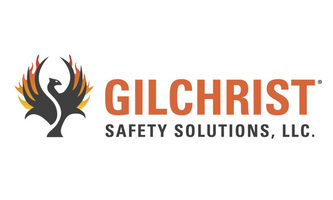Cold weather presents many potential hazards on jobsites. With temperatures continuing to drop as we near into the cooler months, it's important to know how to properly protect yourself from these conditions. Follow these OSHA tips on cold stress to stay safe.
Employers should train workers on how to prevent and recognize cold stress illnesses and injuries and how to apply first aid treatment. Workers should be trained on the appropriate engineering controls, personal protective equipment and work practices to reduce the risk of cold stress.
Employers should provide engineering controls. For example, radiant heaters may be used to warm workers in outdoor security stations. If possible, shield work areas from drafts or wind to reduce wind chill.
Dressing properly is extremely important to preventing cold stress. The type of fabric worn also makes a difference. Cotton loses its insulation value when it becomes wet. Wool, silk and most synthetics, on the other hand, retain their insulation even when wet.
Recommendations for working in cold environments:
- Wear at least
three layers of loose fitting clothing. Layering provides better insulation. Do
not wear tight fitting clothing.
- An inner layer of wool, silk or synthetic to keep moisture away from the body.
- A middle layer of wool or synthetic to provide insulation even when wet.
- An outer wind and rain protection layer that allows some ventilation to prevent overheating.
- Wear a hat or hood to help keep your whole body warmer. Hats reduce the amount of body heat that escapes from your head.
- Use a knit mask to cover the face and mouth (if needed).
- Use insulated gloves to protect the hands (water resistant if necessary).
- Wear insulated and waterproof boots (or other footwear).
Safety Tips for Workers:
- Your employer should ensure that you know the symptoms of cold stress.
- Monitor your physical condition and that of your coworkers.
- Dress properly for the cold.
- Stay dry in the cold because moisture or dampness, e.g. from sweating, can increase the rate of heat loss from the body.
- Keep extra clothing (including underwear) handy in case you get wet and need to change.
- Drink warm sweetened fluids (no alcohol).
- Use proper engineering controls, safe work practices, and personal protective equipment (PPE) provided by your employer.
Source: OSHA

